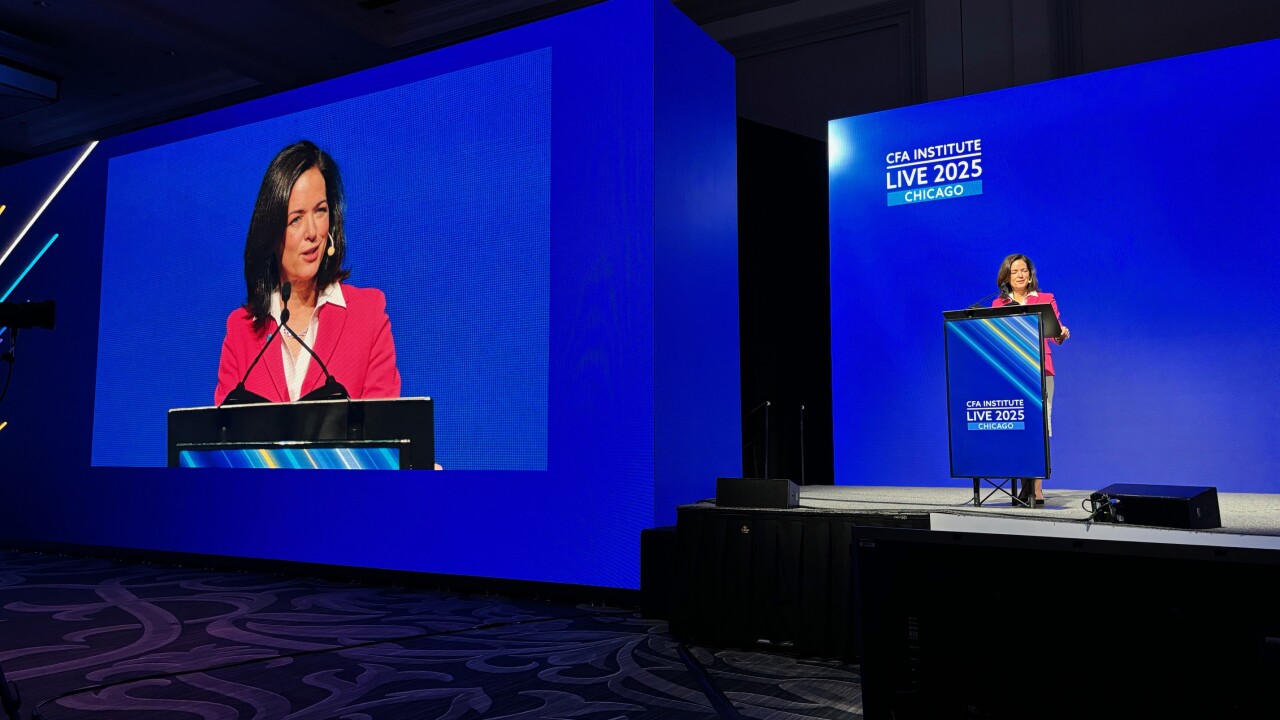"We honestly believe that our next thrust is in the broker/dealer realm," said Kevin Farragher, V.P., e-Enterprise at Rydex. "You can certainly say that this is probably one of the first broadsides in what you would see in an ongoing effort to capture the independent broker/dealer marketplace."
Currently, 35% to 40% of the firms assets come from RIAs, with another 30% from the broker/dealer market. The remaining 30-35% comes in the form of direct market accounts. Rydex sees its updated site as a carrot for independent broker/dealers.
Farragher explained, "The way were built to do business comports nicely to the way they interface. I think that there are resources, be they Web-based or otherwise, that you can make available to the general population of carriers and let them use as they see fit."
Rydex by no means plans to abandon its RIA clients. In fact, Farragher said the firm is aiming to significantly bolster its RIA contingent, already approximately 6.5% of the RIAs population.
"Id like to double subscription. Id like to see if we cant, in two to two and a half years, double the number of advisors who put their money with Rydex," said Farragher.
Nevertheless, from a marketing standpoint, establishing inroad with broker/dealers proves to be more efficient.
"With the RIAs who are independent, theres less of a network to tap into other than the trade associations. If we can maintain relationships with a couple of reps in an independent broker/dealer, the internal chain or network is there," said Farragher.
What was wrong with the old site?
"We did have a financial professional site, but we all considered it weak. You couldnt find very much on it besides Rydex forms in PDF format and some obsolescing research," he said.
He characterized traffic on the old financial professional site as "minimal," although many advisors conducted fund exchanges via the Web. Although Rydex used advisor feedback to shape the new site, it is not intended as much for existing clients as it is to attract new ones.
Farragher said, "My thinking is I did not build this for the constituency that was already trading on the Web. I did this because I believed I could draw more professionals to the site."
While it is still too early to gauge the success of the new site, Farragher did say that clients who have tried it have gotten hooked on Web trading and enjoy other features, such as downloads of the previous days transactions. Ninety-five percent return to the site to trade again, he says.
Such benefits for the clients also represent savings for the firm. He estimated that Rydex will save approximately $200,000 annually, "not small potatoes to a small fund organization."
Web trading, long a feature of Rydexs sites, is now accompanied with "database-driven" information, white papers, and a plethora of fund statistical information. Rydex hired Web consultant
While the Internet may be important to Rydex and its new marketing focus, it still isnt everything, said Farragher.
"I dont pretend that this is the only way that we would interact with an advisor or broker/dealer," he said. "Its a great place for them to come to get quality content, but theres more to the advisor relationship than just a Web site. Phone contact, paper contact, in-person contact are essential, and these all form a ring of safety within which our clients or retail shareholders can operate."





